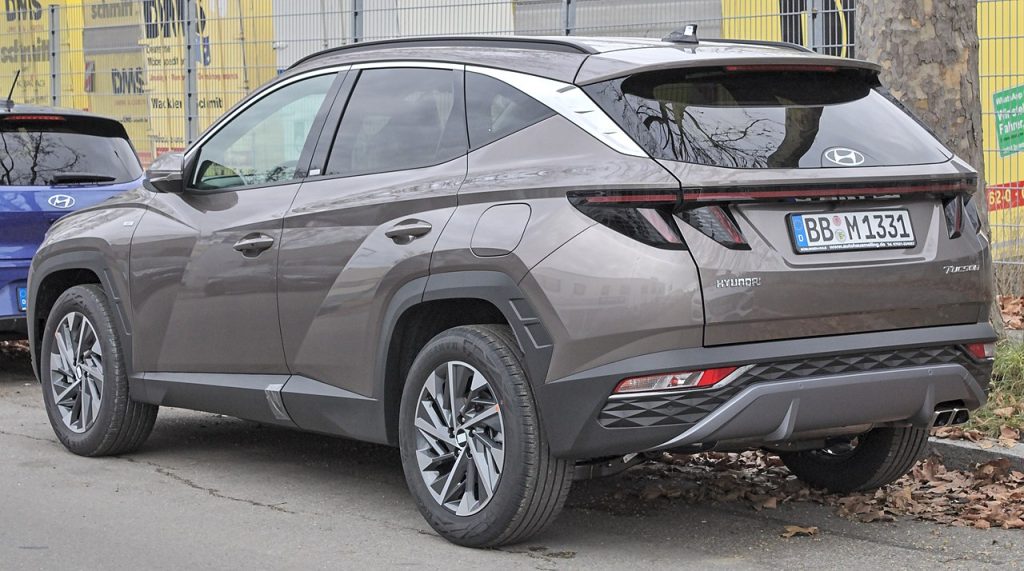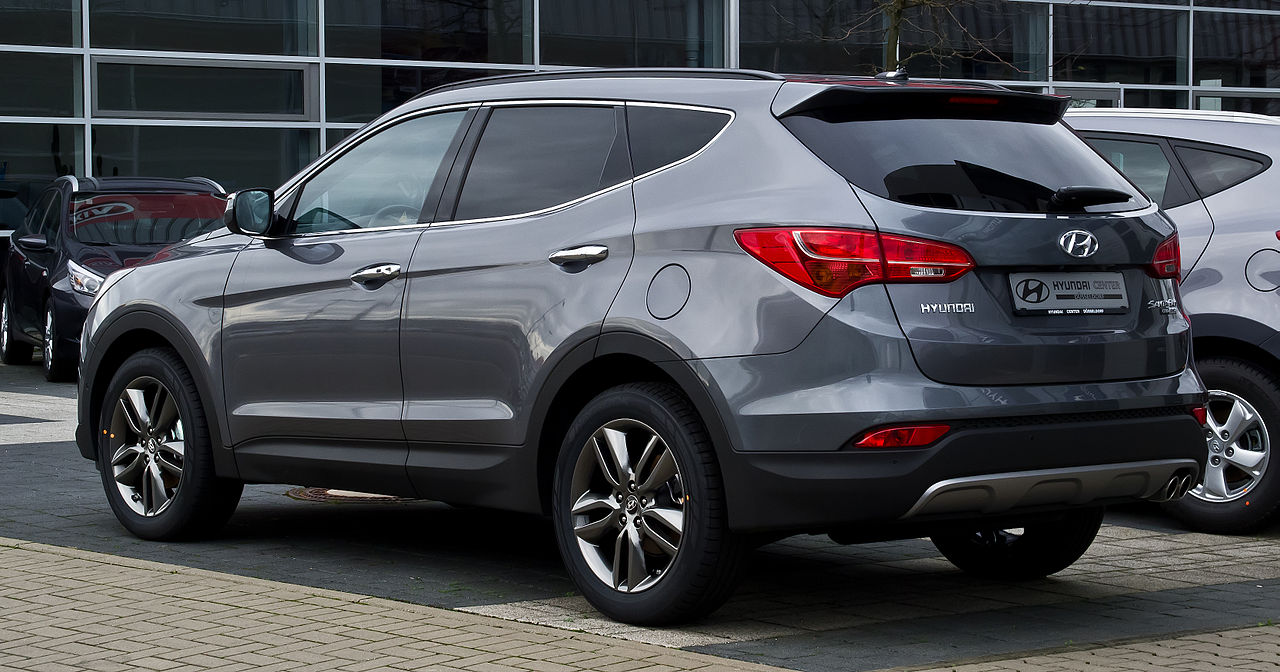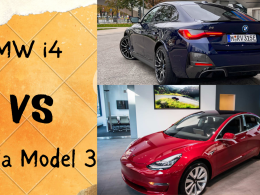When it comes to choosing the right crossover SUV for your needs, Hyundai has a couple of compelling options: the Tucson and the Santa Fe. Both vehicles offer practicality, comfort, and value, but there are significant differences between them that could influence your decision. In this article, we’ll take a deep dive into the Hyundai Tucson vs Santa Fe comparison, exploring their exterior design, interior features, performance and fuel efficiency, safety and reliability, and price and value.
Introduction
Before we move into the details, let’s take a brief overview of the Hyundai Tucson and Santa Fe. The Tucson is a compact crossover SUV that sits below the Santa Fe in Hyundai’s lineup. It has a sporty and modern design and is popular with buyers who prioritize fuel efficiency, practicality, and affordability. The Santa Fe, on the other hand, is a midsize crossover SUV that has a more upscale and spacious feel. It appeals to buyers who need more interior space, power, and advanced features.

The purpose of this comparison is to help you decide which crossover SUV is the right choice for your lifestyle and budget.
Exterior Design
The exterior design is often the first thing that catches a buyer’s eye when considering a new vehicle. In terms of size, the Tucson is smaller than the Santa Fe, measuring 176.4 inches in length compared to the Santa Fe’s 187.8 inches. The Tucson has a sporty and modern look with sharp lines and curves, while the Santa Fe has a more angular and sophisticated design with a prominent grille and LED headlights.
Practicality is also an important factor to consider when it comes to exterior design. The Tucson has a more compact size that makes it easier to manoeuvre in tight spaces and park in smaller spots. The Santa Fe, on the other hand, has more interior and cargo space, which makes it a better choice for families or those who need to carry larger items.
Aesthetically, both vehicles offer attractive and well-designed exteriors. Both cars have visually appealing and well-designed exteriors. Whatever style best suits your needs and preferences ultimately boil down to personal preference.
Interior Features
Moving to the interior, Tucson and Santa Fe offer different levels of seating capacity and cargo space. The Tucson can seat up to five passengers, while the Santa Fe can accommodate up to seven passengers with an optional third-row seat. In terms of cargo space, the Tucson offers up to 61.9 cubic feet with the rear seats folded down, while the Santa Fe has a maximum cargo capacity of 72.1 cubic feet.
Both vehicles come with a variety of technology and entertainment features, such as touchscreen infotainment systems, Bluetooth connectivity, and smartphone integration. The Santa Fe, however, has a more advanced and premium feel with features such as a panoramic sunroof, a head-up display, and a wireless charging pad.
Comfort and convenience features are also important to consider when comparing Tucson and Santa Fe. Both vehicles come with standard features such as air conditioning, power windows, and a rearview camera. However, Santa Fe offers more upscale features such as leather seats, heated and ventilated front seats, and a power liftgate.
Performance and Fuel Efficiency
Performance and fuel efficiency are crucial factors to consider when choosing a crossover SUV. Tucson and Santa Fe offer different engine options and specifications that cater to different needs.
The Tucson comes with a standard 2.0-litre four-cylinder engine that produces 161 horsepower and 150 lb-ft of torque. It also has an available 2.4-litre four-cylinder engine that generates 181 horsepower and 175 lb-ft of torque. The Santa Fe, on the other hand, comes with a standard 2.5-litre four-cylinder engine that produces 191 horsepower and 181 lb-ft of torque, with an available turbocharged 2.5-litre four-cylinder engine that generates 277 horsepower and 311 lb-ft of torque.
In terms of driving experience and handling, both vehicles offer smooth and comfortable rides. The Tucson is known for its nimble and agile handling, while the Santa Fe offers a more refined and stable ride.
Fuel economy is also an important consideration for many buyers, especially those who do a lot of city driving. The Tucson offers better fuel efficiency with an EPA-estimated 23 mpg in the city and 29 mpg on the highway for the base engine and 22 mpg in the city and 28 mpg on the highway for the more powerful engine. The Santa Fe has an EPA-estimated 22 mpg in the city and 28 mpg on the highway for the base engine and 20 mpg in the city and about 27 mpg on the highway for the turbocharged engine.
Safety and Reliability
Safety and reliability are crucial factors that should be a top priority when choosing a new vehicle. Both the Tucson and Santa Fe come with a range of standard and available safety features, such as forward collision warning, automatic emergency braking, lane departure warning, and adaptive cruise control.
In terms of crash test ratings, Tucson and Santa Fe have both received top marks from the National Highway Traffic Safety Administration (NHTSA) and the Insurance Institute for Highway Safety (IIHS). They also come with Hyundai’s 10-year/100,000-mile powertrain warranty and 5-year/60,000-mile new vehicle warranty.
When it comes to reliability, Tucson and Santa Fe have both received high marks from J.D. Power and Consumer Reports. However, Tucson has a slight edge over Santa Fe in terms of predicted reliability scores.
Price and Value
Price and value are important factors to consider when choosing a new vehicle. Tucson has a lower starting MSRP of $24,950, while Santa Fe starts at $28,025. However, as you move up in trim levels and add options, the price difference between the two vehicles becomes less significant.
In terms of cost of ownership, Tucson offers better fuel efficiency, which can save you money on gas in the long run. The Santa Fe, on the other hand, offers more interior and cargo space, which can be a valuable feature for families.
When it comes to resale value, both vehicles have been known to hold their value well over time. According to Kelley Blue Book, the Tucson has a 5-year cost to own of $40,350, while the Santa Fe has a 5-year cost to own of $45,926.
Video: 2023 Hyundai Tucson Limited vs Santa Fe Limited
Conclusion
In conclusion, the Hyundai Tucson and Santa Fe are both excellent crossover SUVs that offer practicality, comfort, and value. It essentially comes down to personal preference and unique demands when deciding between the two.
If you prioritize fuel efficiency, agility, and affordability, Tucson may be the better choice for you. If you need more interior and cargo space, power, and advanced features, Santa Fe may be the better choice.
Regardless of which vehicle you choose, you can rest assured that both the Tucson and Santa Fe offer top-notch safety and reliability features, making them excellent choices for anyone looking for a crossover SUV.












